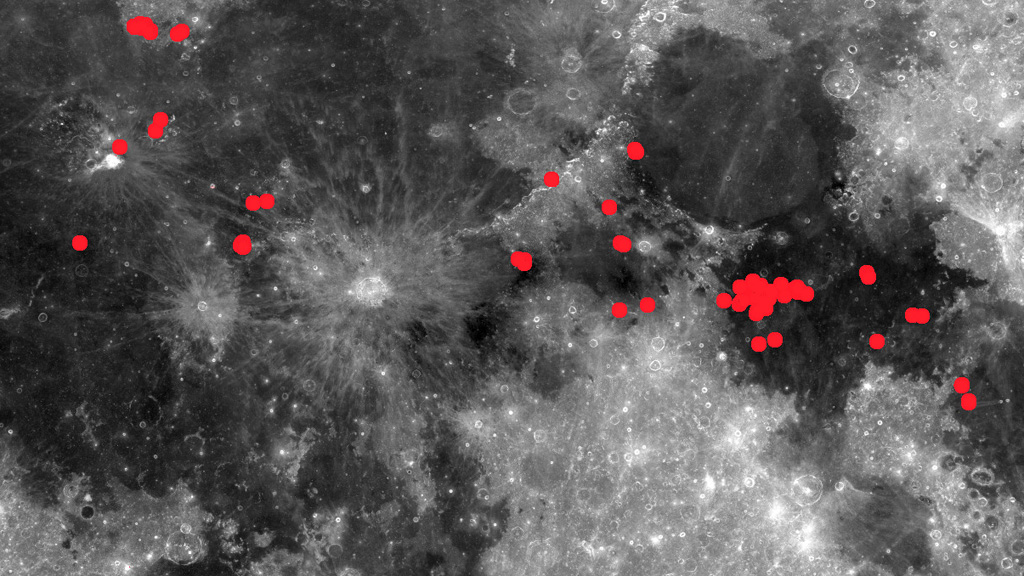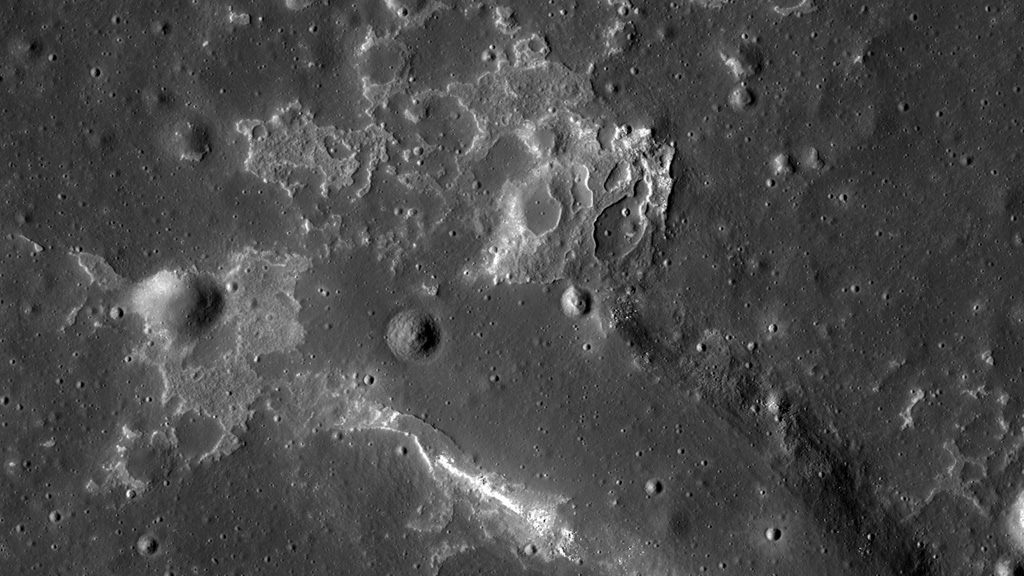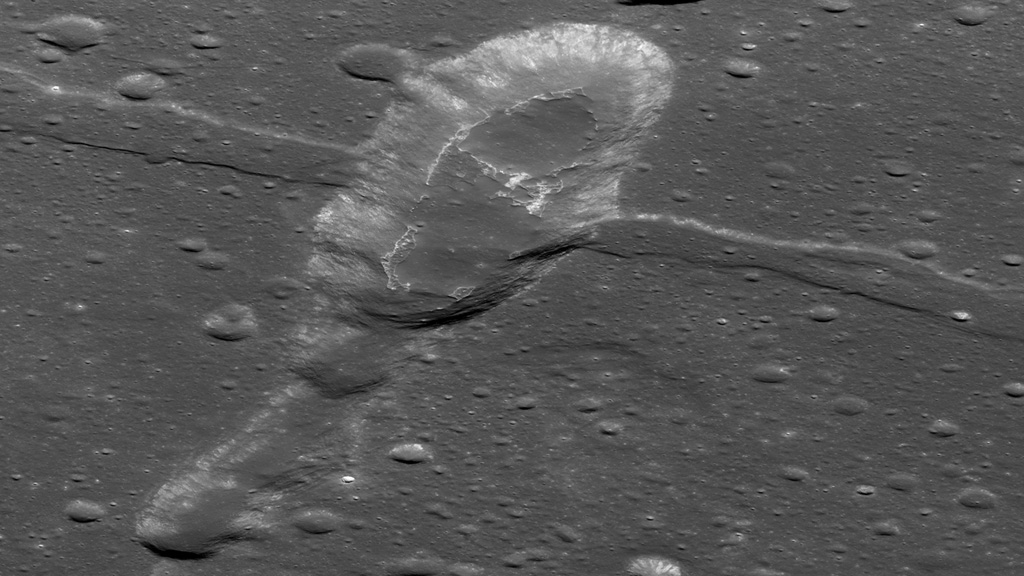Planets and Moons
ID: 11692

The moon, our companion in space, bears the scars of ancient asteroid impacts and lava flows. Such flows resulted in the large, dark spots on the moon’s surface that we see today. Scientists thought the moon's last volcanoes erupted at least 1 billion years ago. But new observations by NASA's Lunar Reconnaissance Orbiter (LRO) spacecraft have revealed dozens of geologic structures, called irregular mare patches, scattered across the lunar landscape. In these unusual areas, averaging 500 meters in diameter, smooth mounds sit next to blocky terrain. Unlike the rest of the moon, the structures have almost no craters, suggesting that they’re the remnants of recent lava flows that occurred within the last 100 million years. If true, this means the moon could be hotter inside than expected. Watch the video to learn more.




Young Lava On The Moon





For More Information
Story Credits
Please give credit for this item to:
Science@NASA and NASA's Goddard Space Flight Center
Irregular mare patch images courtesy of NASA/GSFC/Arizona State University
Science@NASA and NASA's Goddard Space Flight Center
Irregular mare patch images courtesy of NASA/GSFC/Arizona State University
Short URL to share this page:
https://svs.gsfc.nasa.gov/11692
Keywords:
SVS >> App
NASA Science >> Planets and Moons
https://svs.gsfc.nasa.gov/11692
Keywords:
SVS >> App
NASA Science >> Planets and Moons







